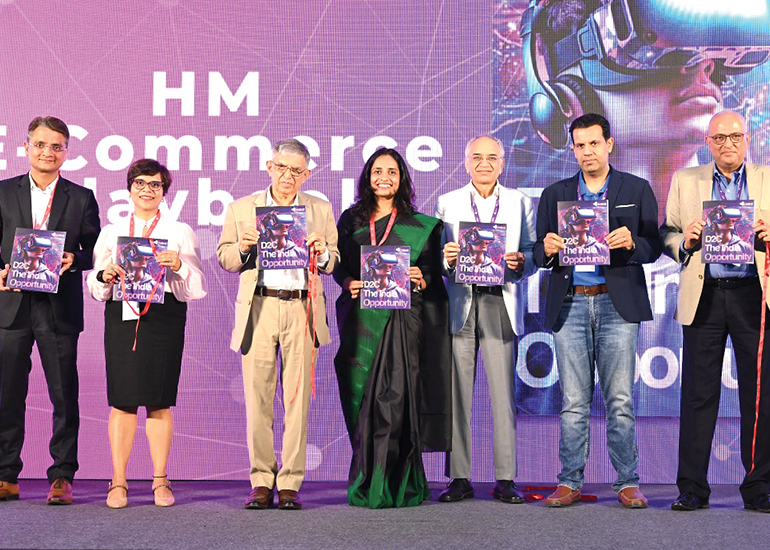 The much quoted Michael Porter said, “Strategy is about making choices, trade-offs; it’s about deliberately choosing to be different.” This applies to media planning in toto.
The much quoted Michael Porter said, “Strategy is about making choices, trade-offs; it’s about deliberately choosing to be different.” This applies to media planning in toto.Any media mix can be understood through four prime considerations:
Reach: Where more is good. Reminding as many consumers as possible before purchase
Frequency: Where often is better. Focus only when there is a new and complex message aimed at changing behavior/habit
SOV: Where outshouting is religion. Gets into focus in a compelling competitive scenario
Steadiness: Where continuity matters. Reminding consumers every day
The traditional model of the FMCGinspired world was to emphasize maximizing of reach among the target audience and building continuity except where a radical change of behavior or habit was required.
Alas! That world is now no longer the real world. It has crumbled and blown away due to multiple factors.
The factors blowing in the change include:
• Optimism that makes consumers see beyond the conventional
• Youth as the vast majority of new media consumers
• A technology-enabled and intermediated way of life
• Breaking down of traditional habits Now, the conventional is for those who are barely keeping their necks above the tide of being drowned into commodity. Those brands that are successfully building community and extending boldly to several touch points offline, online and ‘through the line’, including omnichannel retail, are hardly invested in conventional media plans.
The consumption trend in favor of smaller, independent brands and media is being promoted by technology and the astonishing break-up of how young consumers engage with information. Growth is faster than ever before for the favoured ones – Netflix’s market cap soared beyond that of Disney and earned it the proud label of being the ‘world’s most valuable entertainment company.
In the US today, young consumers born after the year 1980 watch half the weekly amount of television compared to the average of other adults. Radio stations have become the primary vehicle for the older, white, middle-class Americans and social media is accelerating the millennial consumption fragmentation.
Let us consider Luxury and Beauty, an island unassailed by Amazon, for example, and hence one being studied closely as proof of retail-inspired multi-factor marketing. What was earlier seen as niche and indulgent, has become the Noah’s Arc of marketers. This is because edgier, avante garde beauty and fashion brands manage to get young consumers to experiment. Celebrity influencers have expanded their following and business leverage via Instagram and similar media vehicles. Fashion is also getting shortchanged as the classical fashion tour - plus seasonal collection models seem frayed and tattered, pun intended!
Traditional media chases new business models, but as options increase, media behavior tends to become fragmented and meeting communication goals becomes more expensive and less conventional.
This makes clients demand:
• Greater accountability amidst advertising clutter
• Continuous understanding of changing consumer trends
• More measurement metrics All planned spends will be questioned comes a point when one has to find fertile ground somewhere else. Each additional exposure contributes a little less, so scooping it in bursts or flights is just not cost-effective.
What does this mean for businesses that rely on continuous buzz and making fashion buzz count?
Deciding exactly what your brand(s) stands for and marketing fewer but more significant innovations, namely the ones that strengthen what the brand stands for, is key.
The survival mantra is to now have a clarity of associations and leaders, like finesse, in all you choose to do. Nothing ordinary deserves to get media dollars.
Lastly, the expressions that layer positively on a brand via advertising and media deployment are those that tell stories, break barriers and change habits. These alone merit investment.
“Do you know we are ruled by TV?,” asked Jim Morrison in ‘An American Prayer’.
The answer today is “No!”
(Shubhranshu Singh is a marketer who writes regularly on brands and brand-building)























